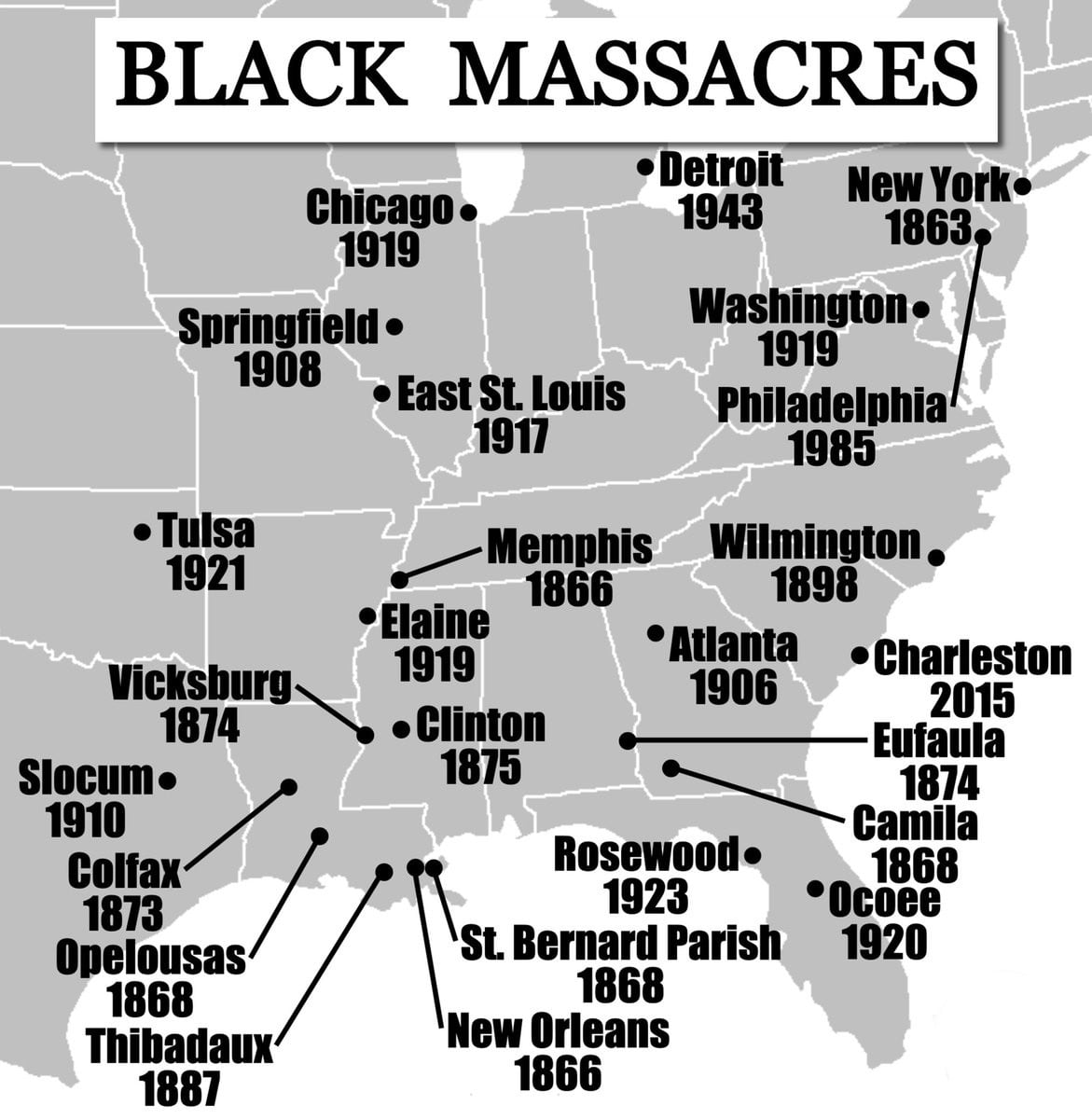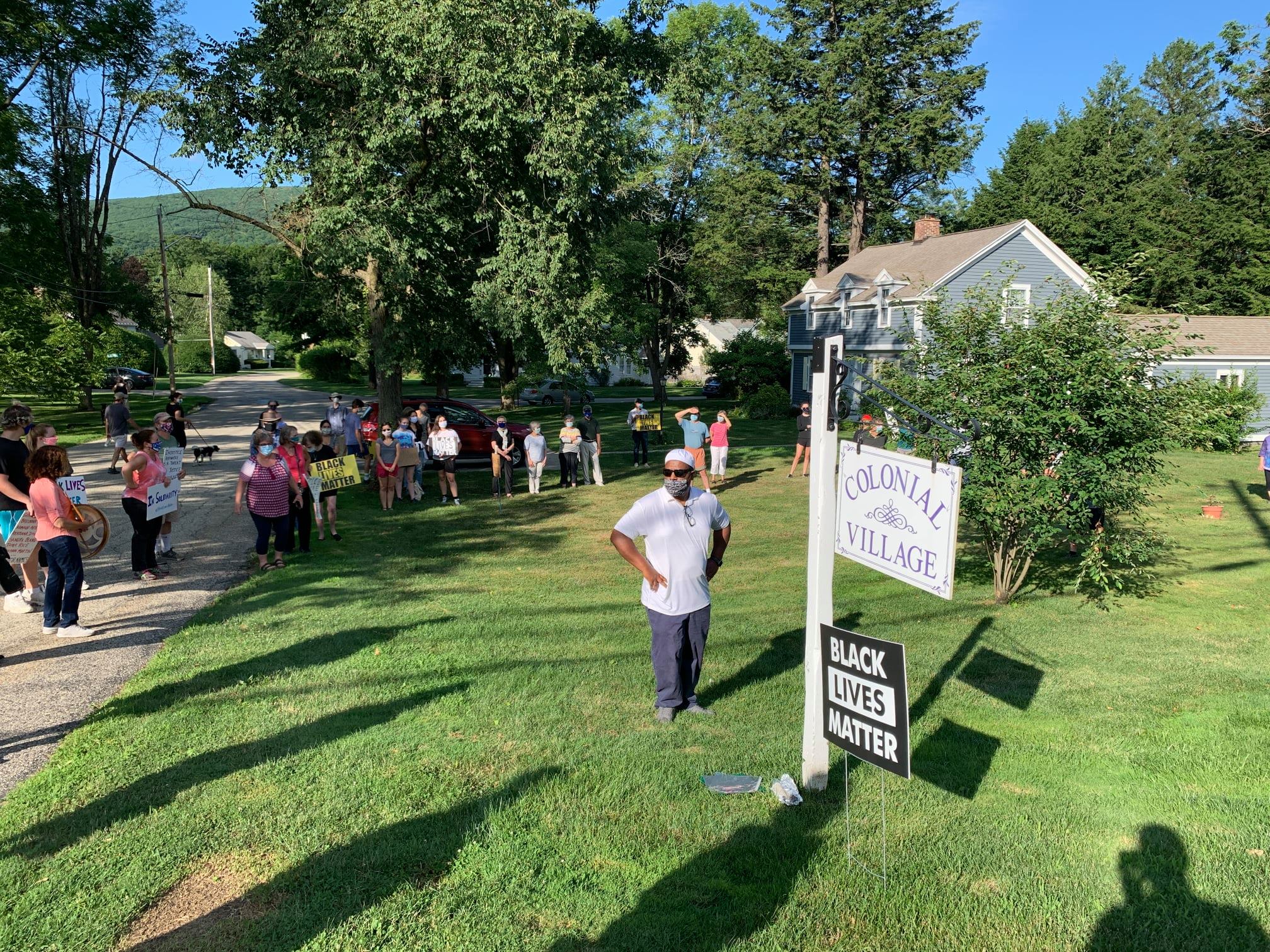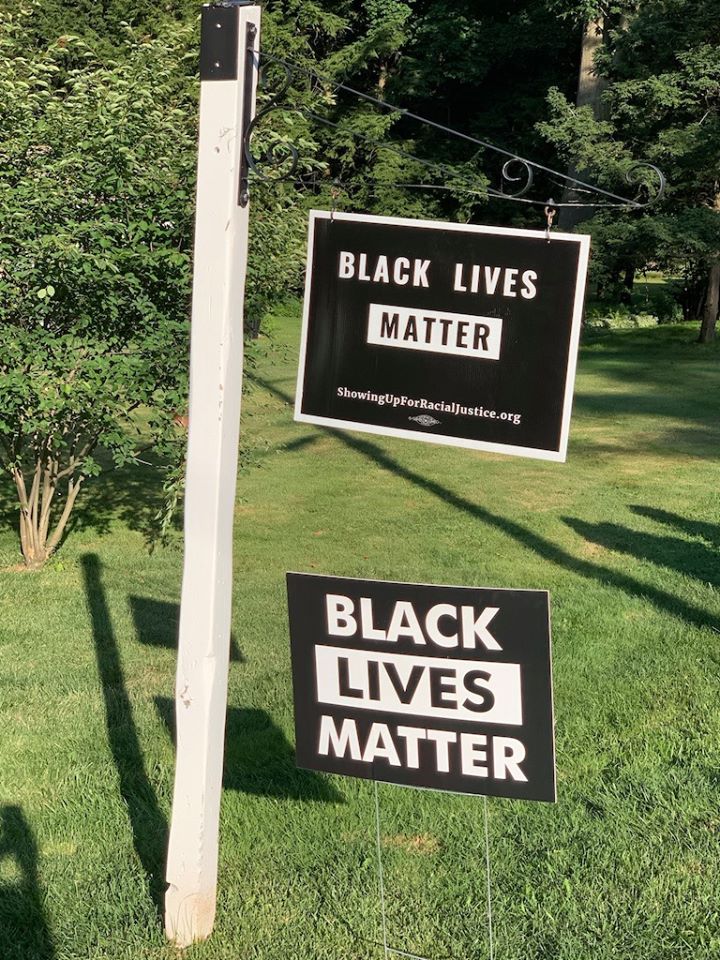
Passages in bold in the body of the texts below are usually my emphasis, though not always. This is an ongoing project, and I update the site frequently during the day. Because I try to stay focused on what has actually happened, I usually let the news ‘settle’ for a day or so before posting. I hope readers will peruse the articles in full for a better understanding of the issues and their context; our democracy and our future depend on citizens who can distinguish between facts and falsehoods and who are engaged in the political process.
For independent global news, visit Democracy Now!
For a newsletter about the history behind today’s politics, subscribe to Heather Cox Richardson’s newsletter, Letters from an American.
Friday, 18 September 2020, Day 1,337:
Justice Ruth Bader Ginsburg, Champion of Gender Equality, Dies at 87, NPR, Nina Totenberg, Friday, 18 September 2020: “Justice Ruth Bader Ginsburg, the demure firebrand who in her 80s became a legal, cultural and feminist icon, died Friday. The Supreme Court announced her death, saying the cause was complications from metastatic cancer of the pancreas. The court, in a statement, said Ginsburg died at her home in Washington, D.C., surrounded by family. She was 87. ‘Our nation has lost a justice of historic stature,’ Chief Justice John Roberts said. ‘We at the Supreme Court have lost a cherished colleague. Today we mourn but with confidence that future generations will remember Ruth Bader Ginsburg as we knew her, a tireless and resolute champion of justice.’ Architect of the legal fight for women’s rights in the 1970s, Ginsburg subsequently served 27 years on the nation’s highest court, becoming its most prominent member. Her death will inevitably set in motion what promises to be a nasty and tumultuous political battle over who will succeed her, and it thrusts the Supreme Court vacancy into the spotlight of the presidential campaign. Just days before her death, as her strength waned, Ginsburg dictated this statement to her granddaughter Clara Spera: ‘My most fervent wish is that I will not be replaced until a new president is installed.'” See also, Ruth Bader Ginsburg, Supreme Court’s Feminist Icon, Is Dead at 87, The New York Times, Linda Greenhouse, Friday, 18 September 2020: “Ruth Bader Ginsburg, the second woman to serve on the Supreme Court and a pioneering advocate for women’s rights, who in her ninth decade became a much younger generation’s unlikely cultural icon, died on Friday at her home in Washington. She was 87. The cause was complications of metastatic pancreatic cancer, the Supreme Court said. By the time two small tumors were found in one of her lungs in December 2018, during a follow-up scan for broken ribs suffered in a recent fall, Justice Ginsburg had beaten colon cancer in 1999 and early-stage pancreatic cancer 10 years later. She received a coronary stent to clear a blocked artery in 2014.” See also, Justice Ginsburg’s Judicial Legacy of Striking Dissents. She was part of the Supreme Court’s 4-member liberal wing throughout her 27-year tenure and led it in her last decade. The New York Times, Adam Liptak, Friday, 18 September 2020: “There was a framed copy of the Lilly Ledbetter Fair Pay Act of 2009 on the wall of the chambers of Justice Ruth Bader Ginsburg, who died on Friday. She counted the law among her proudest achievements, even as it illustrated her limited power. As part of the Supreme Court’s four-member liberal wing, she did her most memorable work in dissent. The law was a reaction to her minority opinion in Ledbetter v. Goodyear Tire and Rubber Company, the 2007 ruling that said Title VII of the Civil Rights Act of 1964 imposed strict time limits for bringing workplace discrimination suits. She called on Congress to overturn the decision, and it did. On the court, however, her notable victories were few. As she put it in a 2013 interview in her chambers, she was fully engaged in her work as the leader of the liberal opposition on what she called ‘one of the most activist courts in history.’ There were exceptions, of course. One of her favorite majority opinions, she often said, ruled that the Virginia Military Institute’s male-only admissions policy violated the Equal Protection clause.” See also, ‘A Titan of Justice’: Leaders React to Justice Ginsburg’s Death, The New York Times, Christopher Mele, Friday, 18 September 2020: Political leaders from both sides of the aisle and the chief justice of the United States offered tributes to Justice Ruth Bader Ginsburg, who died on Friday, remembering her as a trailblazer and a warrior for justice. But their comments also reflected what is expected to be a bruising fight over her replacement.” See also, Ruth Bader Ginsburg, Supreme Court justice and legal pioneer for gender equality, dies at 87, The Washington Post, Robert Barnes and Michael A. Fletcher, Friday, 18 September 2020: “Supreme Court Justice Ruth Bader Ginsburg, the second woman to serve on the high court and a legal pioneer for gender equality whose fierce opinions as a justice made her a hero to the left, died Sept. 18 at her home in Washington. She was 87. The death was announced in a statement by the U.S. Supreme Court. She had recently been treated for pancreatic cancer. Born in Depression-era Brooklyn, Justice Ginsburg excelled academically and went to the top of her law school class at a time when women were still called upon to justify taking a man’s place. She earned a reputation as the legal embodiment of the women’s liberation movement and as a widely admired role model for generations of female lawyers. Working in the 1970s with the American Civil Liberties Union, Justice Ginsburg successfully argued a series of cases before the high court that strategically chipped away at the legal wall of gender discrimination, eventually causing it to topple. Later, as a member of the court’s liberal bloc, she was a reliable vote to enhance the rights of women, protect affirmative action and minority voting rights and defend a woman’s right to choose an abortion.” See also, Ruth Bader Ginsburg, the Great Equalizer. How a scholar, advocate, and judge upended the entirety of U.S. political thought. The New Yorker, Jill Lepore, Friday, 18 September 2020: ” See also, Senate Majority Leader Mitch McConnell Vows Vote on Ginsburg Replacement as Her Death Upends the 2020 Race, The New York Times, Peter Baker and Maggie Haberman, Friday, 18 September 2020: “The death of Justice Ruth Bader Ginsburg on Friday instantly upended the nation’s politics in the middle of an already bitter campaign, giving President Trump an opportunity to try to install a third member of the Supreme Court with just weeks before an election that polls show he is currently losing. The White House had already made quiet preparations in the days before Justice Ginsburg’s death to advance a nominee without waiting for voters to decide whether to give Mr. Trump another four years. Senator Mitch McConnell, Republican of Kentucky and the majority leader, vowed Friday night to hold a vote on a Trump nominee but would not say whether he would try to rush it through before the vote on Nov. 3 in what would surely be a titanic partisan battle. The sudden vacancy on the court abruptly transformed the presidential campaign and underscored the stakes of the contest between Mr. Trump and former Vice President Joseph R. Biden Jr., his Democratic challenger. It also bolstered Mr. Trump’s effort to shift the subject away from his handling of the coronavirus pandemic and remind Republicans why it matters whether he wins or not, while also potentially galvanizing Democrats who fear a change in the balance of power on the Supreme Court.” See also, McConnell vows Trump’s Supreme Court Nominee will get a Senate vote, The Washington Post, Seung Min Kim, Friday, 18 September 2020: “Senate Majority Leader Mitch McConnell, who has made judicial confirmations a hallmark of his legacy, is now confronting an extremely fraught Supreme Court fight that will challenge his pledge to leave no vacancy behind amid charges of hypocrisy and as his party’s control of the Senate hangs in the balance. McConnell (R-Ky.), who blocked President Barack Obama’s final nominee to the Supreme Court for the near entirety of 2016, said Friday that President Trump’s nominee to the Supreme Court will get a vote on the floor of the Senate, although he did not say when that vote would be held.” See also, Ginsburg’s death jolts chaotic presidential race as both sides prepare for Supreme Court battle, The Washington Post, Philip Rucker, Matt Viser, Sean Sullivan, and Robert Costa, Friday, 18 September 2020: “An already chaotic and corrosive presidential campaign was jolted anew Friday night by the death of Justice Ruth Bader Ginsburg, as a sudden vacancy on the Supreme Court just 46 days before the election immediately galvanized both political parties. The impending fight for the Supreme Court thrusts issues of civil rights, abortion rights and health care to the forefront of a campaign that had been centered on the coronavirus pandemic, the economy and race relations, and it could boost voter enthusiasm and turnout numbers. Democratic and Republican leaders assembled for all-out political war. Despite Ginsburg’s dying wish that her successor not be determined until after the election, White House officials said President Trump is preparing to nominate a replacement in the coming days. And Senate Majority Leader Mitch McConnell (R-Ky.) said that nominee would receive a vote in the Republican-controlled Senate — a departure from McConnell’s refusal to consider a nominee chosen by President Barack Obama before the 2016 election. ‘President Trump’s nominee will receive a vote on the floor of the United States Senate,’ McConnell said in a statement. Democratic presidential nominee Joe Biden warned the Senate not to hold an election-year confirmation vote to fill Ginsburg’s seat. ‘Tonight and in the coming days we should focus on the loss of the justice and her enduring legacy. But there is no doubt — let me be clear — that the voters should pick the president and the president should pick the justice for the Senate to consider,’ he told reporters in a hastily arranged appearance late Friday. Previewing the path ahead, Democratic vice-presidential nominee Kamala D. Harris said in a statement Friday: ‘Tonight we mourn, we honor, and we pray for Justice Ruth Bader Ginsburg and her family. Tomorrow we fight for her legacy.'”
Ruth Bader Ginsburg, the Great Equalizer. How a scholar, advocate, and judge upended the entirety of U.S. political thought. The New Yorker, Jill Lepore, Friday, 18 September 2020: “The change [Ruth Bader] Ginsburg ushered into American politics began a half century ago, and reckoning with its magnitude requires measuring the distance between now and then. At the time, only three in a hundred legal professionals and fewer than two hundred of the nation’s ten thousand judges were women. In 1971, as Richard Nixon prepared to make two appointments to the Supreme Court, he faced a dilemma. Yet another Southerner he’d tapped had been nixed for an opposition to desegregation, so Nixon decided to look for someone who was, preferably, not a racist. He considered naming a woman. ‘I’m not for women, frankly, in any job,’ he told his aides, in a little fit of hysterics. ‘Thank God we don’t have any in the Cabinet.’ He didn’t think women should be educated, or ‘ever be allowed to vote, even.’ But, given the momentum of the women’s-rights movement, he conceded the political necessity of naming a woman to the bench: it might gain him a small but crucial number of votes in the upcoming election. ‘It’s like the Negro vote,’ he said. ‘It’s a hell of a thing.’ Then Chief Justice Warren Burger, in a similar huff, told Nixon that, if he were to nominate a woman, he’d resign. In the end, Nixon named Lewis Powell. While all these men were dithering, Ruth Bader Ginsburg was working for the A.C.L.U., writing the brief for a case set to go before the Court, Reed v. Reed. Decided on November 22, 1971, weeks after Powell’s confirmation hearings, Reed v. Reed upended a century of American jurisprudence and the entirety of political thought going back to the beginning of the Republic. Before 1971, as Ginsburg would later write, ‘Neither legislators nor judges regarded gender lines as “back of the bus” regulations. Rather, these rules were said to place women on a pedestal.’ Thomas Jefferson had taken the trouble to explain that women had no part in the Framers’ understanding of the government devised by the Constitution. ‘Were our state a pure democracy,’ he wrote, ‘there would yet be excluded from their deliberations . . . women; who, to prevent deprivation of morals, and ambiguity of issues, could not mix promiscuously in the public gatherings of men.’ Women were to be excluded for their own protection. The early women’s-rights movement, in the middle decades of the nineteenth century, had not defeated that argument, and the Fourteenth Amendment, ratified in 1868, did not explicitly—or implicitly, according to the Court—bar discrimination on the basis of sex. In 1873, ruling on a case in which Myra Bradwell had sued the state of Illinois for denying her the right to practice law, one Supreme Court Justice explained his logic this way: ‘The natural and proper timidity and delicacy which belongs to the female sex evidently unfits it for many of the occupations of civil life.’ That, as Ginsburg liked to say, was a cage, pretending to be a pedestal. Reed v. Reed, in 1971, involved an Idaho statute that gave preference to men—’males must be preferred to females’—in executing estates. The Court, following Ginsburg’s brief, ruled for the first time that discrimination on the basis of sex violated the equal-protection clause of the Fourteenth Amendment. Writing for the majority, Burger used language that had been introduced by Ginsburg: ‘To give a mandatory preference to members of either sex over members of the other, merely to accomplish the elimination of hearings on the merits, is to make the very kind of arbitrary legislative choice forbidden by the equal-protection clause of the Fourteenth Amendment; and whatever may be said as to the positive values of avoiding intrafamily controversy, the choice in this context may not lawfully be mandated solely on the basis of sex.’ Just a few years later, Ginsburg was arguing her own cases before the Court, and the Chief Justice was stumbling over how to address her. ‘Mrs. Bader? Mrs. Ginsburg?'”
Some Global Coronavirus Updates for Friday, 18 September 2020: After Criticism, the Centers for Disease Control and Prevention Reverses Covid-19 Guidelines on Testing People Who Were Exposed, The New York Times, Friday, 18 September 2020:
- The C.D.C. reverses its guidance on testing for people who were exposed to the virus and aren’t showing symptoms.
- Emails by a former top Trump health official and his science adviser show efforts to silence the C.D.C.
- Trump acknowledged that distribution of an authorized vaccine for ‘every American’ may not be until next year.
- Iran is a virus ‘red zone,’ a health minister says.
- Boris Johnson, confirming that Britain is in its second wave, raises the possibility of a new lockdown.
- Early voting kicks off in four U.S. states.
- After weeks with little data, more U.S. states begin to share information on cases in schools.
Other significant developments are included in this article.
Continue reading Week 192, Friday, 18 September – Thursday, 24 September 2020 (Days 1,337-1,343)









